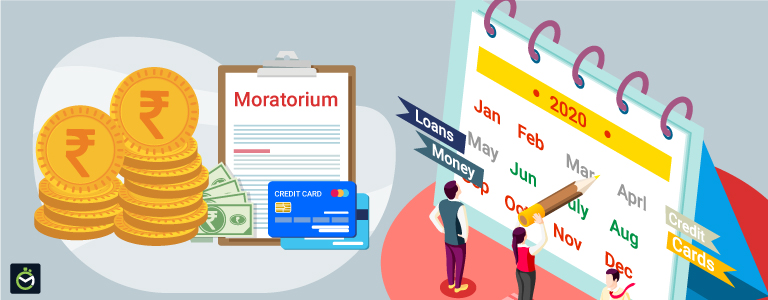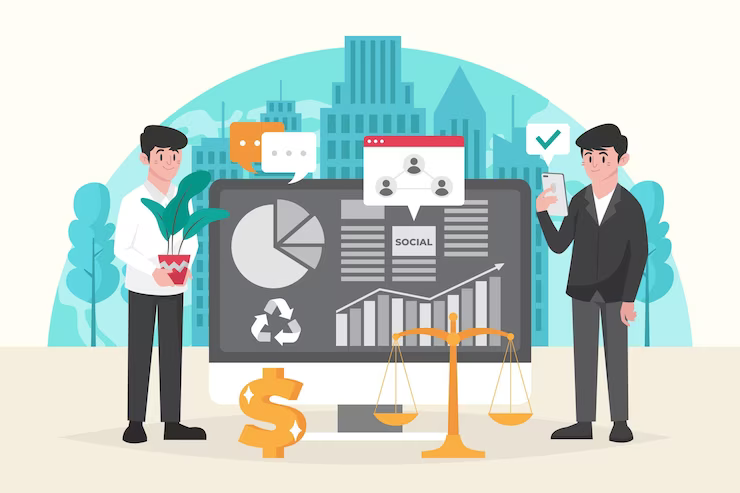Impact of Moratorium on Banks - Investment Banks India | Valuqo Capital
With the ongoing pandemic and lockdowns imposed earlier people are facing cash flow problems, resulting from a reduction in income or no income due to job losses. RBI has announced certain measures to combat the issue of burden of debt services during the COVID-19 pandemic to facilitate the easy transaction of business, to boost liquidity in the market.
RBI announced a moratorium period to the borrowers from March 2020 to May 2020, which was later extended to another three months till August 2020
After the Reserve Bank of India allowed lenders to offer borrowers a moratorium, there has been a flurry of announcements from different banks, NBFCs, HFCs, and credit card providers on this essentially ‘EMI pause’ facility. On the face of it, a moratorium period is a period during a credit term when the borrower is not obligated to make a payment. It provides loan borrowers with the freedom of ‘Not to pay EMIs’ for a specified period.
A moratorium gives consumers some breathing space to delay it and allows borrowers to arrange finances. It comes as a relief for borrowers whose incomes/salaries have been badly hit by the nationwide lockdown announced to fight the coronavirus outbreak.
The lockdown and subsequent policy measures including the moratorium will have varied impacts across different sectors. Mr. Shaktikanta Das, Governor of Reserve Bank of India said, “Coronavirus pandemic will negatively affect the health of the banking industry”.
While corporates benefit by conserving cash, financial institutions are facing a double whammy in terms of limited collections and no moratorium on capital market instruments. Most banks and NBFCs carried adequate on-balance sheet liquidity as of March 2020, which, along with access to funding lines, would be enough to meet their three-month requirements.
However, the extension of the moratorium until August 2020 could adversely impact their collections than the previously anticipated levels. While fresh sanctions from lenders including financial institutions (SIDBI, NABARD, NHB) are in various stages of approval, the liquidity profile of banks, especially lower-rated and small entities, could witness headwinds in the event of any delays in securing fresh funding.
Post moratorium period ends, NPAs are expected to shoot up from the current level of around Rs. 10 lakh crores, when these mortgage loans come up for repayments. In a report, Fitch Ratings said Indian banks are looking at significant asset-quality challenges for at least the next two years despite regulatory measures and estimated that their NPAs could rise by as much as 200-600 basis points, depending on the severity of stress and banks’ individual risk exposures. In the Financial Stability Report, the RBI said the gross NPAs of the banking sector could rise to 14.7 percent by March 2021, in the worst-case scenario.
As per the report, NPAs may surge 1.5 times above their March 2020 levels under the baseline scenario and by 1.7 times in a very severely stressed scenario. The system-level CRAR can drop to 13.3 percent in March 2021 from its March 2020 level under the baseline scenario and to 11.8 percent under the very severe stress scenario.
A report published by Mint stated that about 5.58 million salaried workforces withdrew their EPFs. This indicates a fall in the income of these individuals and hence shows how default can be predicted. As per the rating agency ICRA, 52% of assets under management of non-banking finance companies (NBFCs) were under a moratorium as of May 2020.
Out of these, even if 10% default, the NPAs will reach 9.6% of the loans in March 2021, which will almost be double of 4.6% of the loans in March 2020. Formation of NPAs in NBFCs, will in turn form NPAs for banks as NBFCs owe about Rs. 8.04 trillion to banks as of March 2020.
The RBI in reaction did try to improve the liquidity position by reducing the repo rated by 115 bps since March 2020. This will effectively reduce the lending rates, mortgage interest rates by approximately 1 percent. So, if people chose to restructure their loans, they could avail the benefit through easy personal credit. Again, this policy can be benefited only if the borrowers pay their debts and the interest on time. If not, the banks and the NBFCs will go in a deep niche
The Coronavirus pandemic has resulted in a dip in world economic progress. India’s gross domestic product (GDP) collapsed by 23.9 percent in the first quarter. The sharp economic contraction indicates the impact on the banking sector will be huge. Recovery after the lockdown will also vary across sectors, depending on the structural resiliency in the sectors and the progress in the underlying consumer class.
Commercial Banks are likely to take a hit down the line since this is expected to significantly add to their non-performing assets. The moratorium by the SC was extended till 28th September, in an interim order. The banks and NBFCs were asked to hold their decisions regarding declaring NPAs till then.







Make A Comment